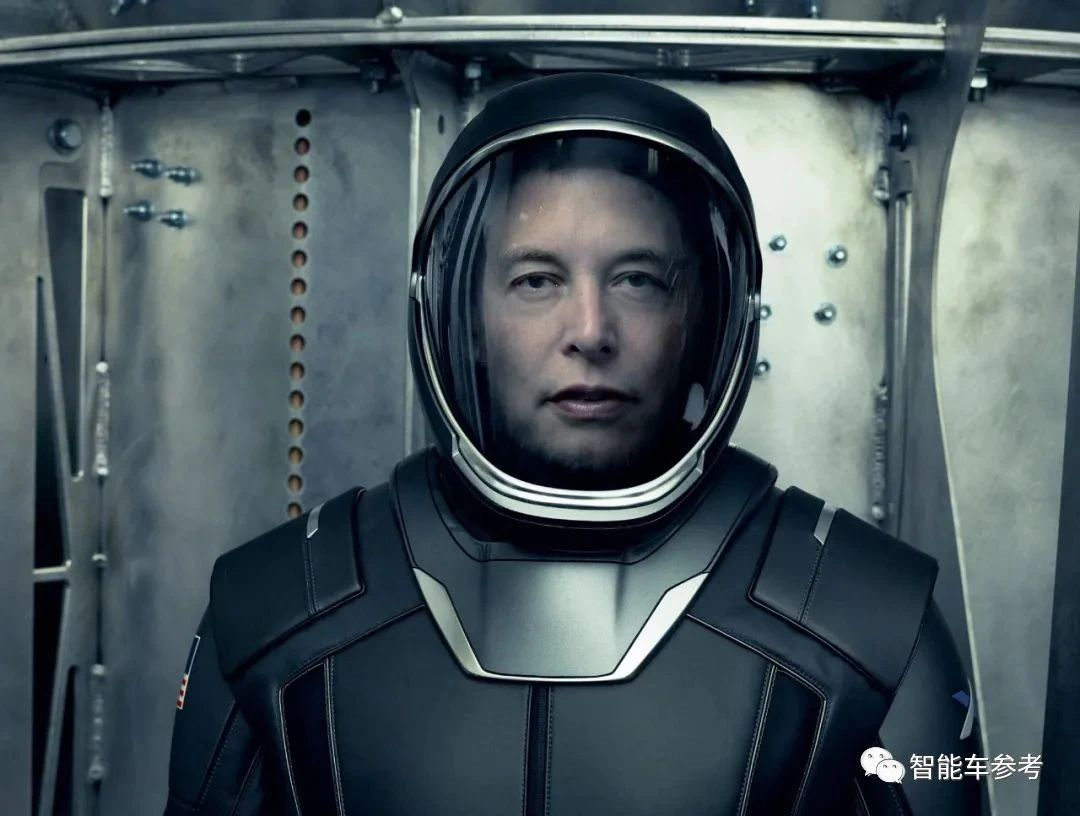Translation in English Markdown
万博 发自 副驾寺
Intelligent Vehicle Reference Report | Official WeChat Account AI4Auto
“I have no religious beliefs, but I knelt in prayer before the SpaceX manned spacecraft launched.”
“The cryptocurrency is best used for the Martian civilization.”
“FSD self-driving, in the future, will involve more than just visual information, and even sound information will be integrated into it.”
In a recent two-and-a-half-hour-long interview, Musk revealed his grandiose goals, along with his fragility and unexpected events during his journey to realizing his dreams.
Although the road ahead is bumpy, Musk remains headstrong as ever.
Just do it!
This was the last thing he said.
FSD will incorporate sound
Will Tesla’s future autonomous driving system also incorporate road sound information?
Yes, during a recent interview with Lex Fridman, a tech YouTuber with 1.43 million subscribers, Musk said:
Humans do not only drive with their eyes but also with their ears.
Therefore, Tesla’s future autonomous driving system will record sound information on the road.
For example, the ambulance’s siren, the fire truck’s whistle, and even the shouts of passers-by…
By then, Tesla’s autonomous driving scheme will be more comprehensive.
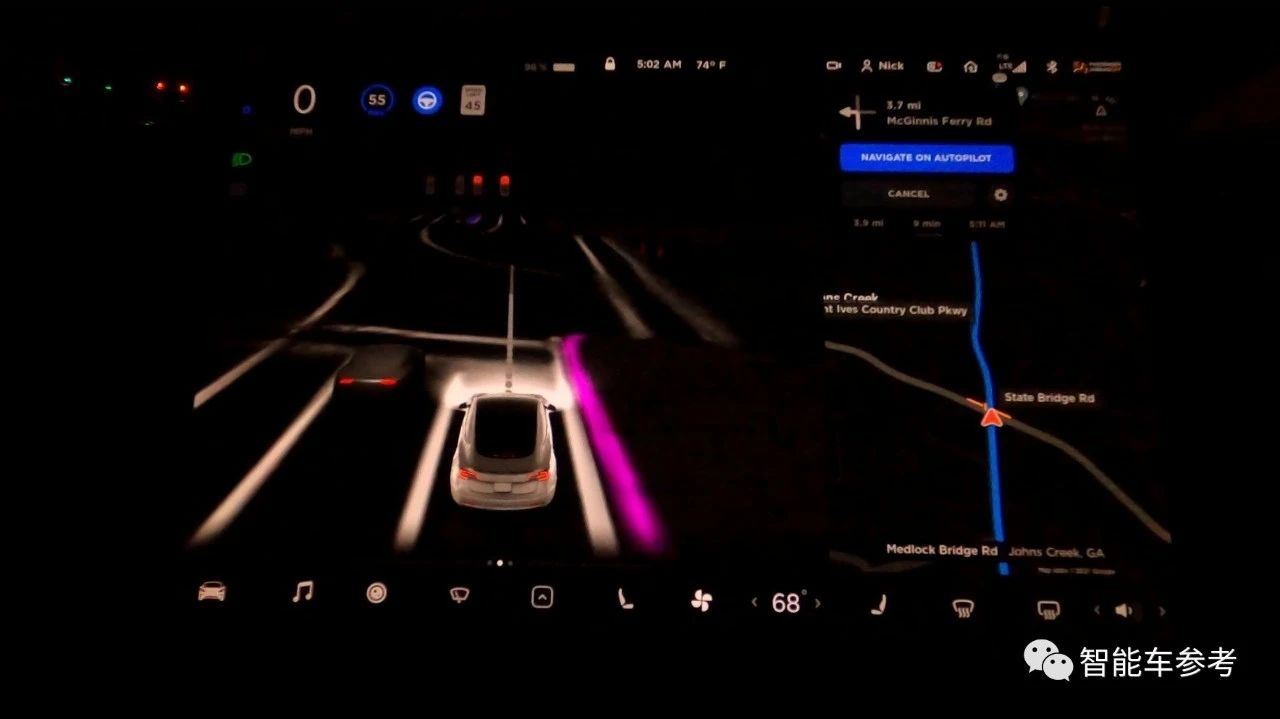
But Musk also stated that while proposing this idea is easy, implementation is challenging.
What are the difficulties?
Musk believes that with the current purely visual plan, processing the data from camera sensors to generate a 3D image in the central processor is a correct vector space.
However, there are two difficulties in this process.
The first is how to predict objectively existing road conditions obscured by an object.
For example, pedestrians blocked by road signs, sudden “ghost hazards.”

What the Tesla team is currently doing is cultivating the neural network of “permanent object” through continuous training.
That is, on the basis of establishing the correct vector space, it has memory capabilities and can predict unforeseeable circumstances.
Training autonomous driving neural networks through the powerful computing of Tesla’s supercomputer.
In addition to this, there is also a delay problem.
To establish a correct vector space, image signals must be processed later.
In this process, there will be a delay.
Currently, Tesla can avoid image signal processing by not processing images through the image signal processor.
The delay time can be shortened by 13 milliseconds.“`markdown

The problem of “jitter” in data transmission is difficult to solve.
The higher the jitter, the greater the delay problem of the entire system will be amplified, and the system will be at a loss.
However, this is only a problem that needs to be dealt with visually.
After adding sound, similar difficulties will start all over again.
Not to mention that images and sounds are not simply a technical translation in the processing process.
There are many core engineering problems in the software and hardware aspects throughout the process, which require adjustments to many codes to reduce delays.
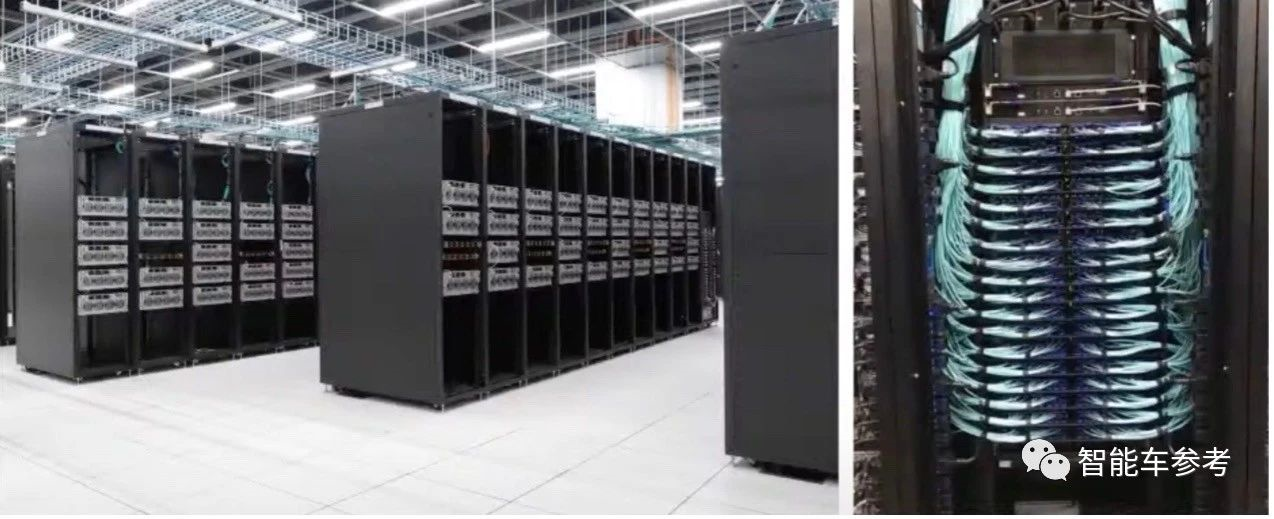
Musk uses a simple analogy to explain the difficulty of adding sound processing:
It’s like going to the moon, getting there is the hardest part.
Finally, Musk sighed and said that when he was doing automatic driving, he knew it would be difficult, but he didn’t expect it to be so difficult.
Even though it is difficult, Musk still gave an optimistic answer for the time when Tesla FSD will achieve L4 autonomous driving capability:
I think autonomous driving seems very likely and may be achieved in 2022.
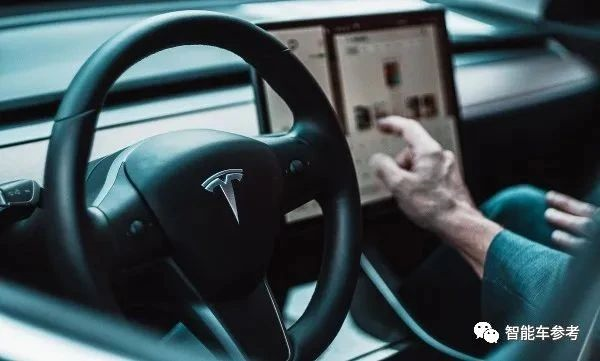
Tesla’s fully automatic driving will be realized through the current FSD beta iterations.
Of course, when it comes to how Tesla defines fully automatic driving, Musk’s answer is:
We don’t have to prove this to regulatory agencies, we just need an appropriate standard to prove that FSD performs better than the average person.
Defining their own standards, Tesla wants to be both a participant and a referee.
Cryptocurrencies can be used on Mars
Musk’s biggest imagination for the future is to immigrate to Mars.
Although it is quite difficult to achieve, this cannot stop Musk from interesting imagination and planning.
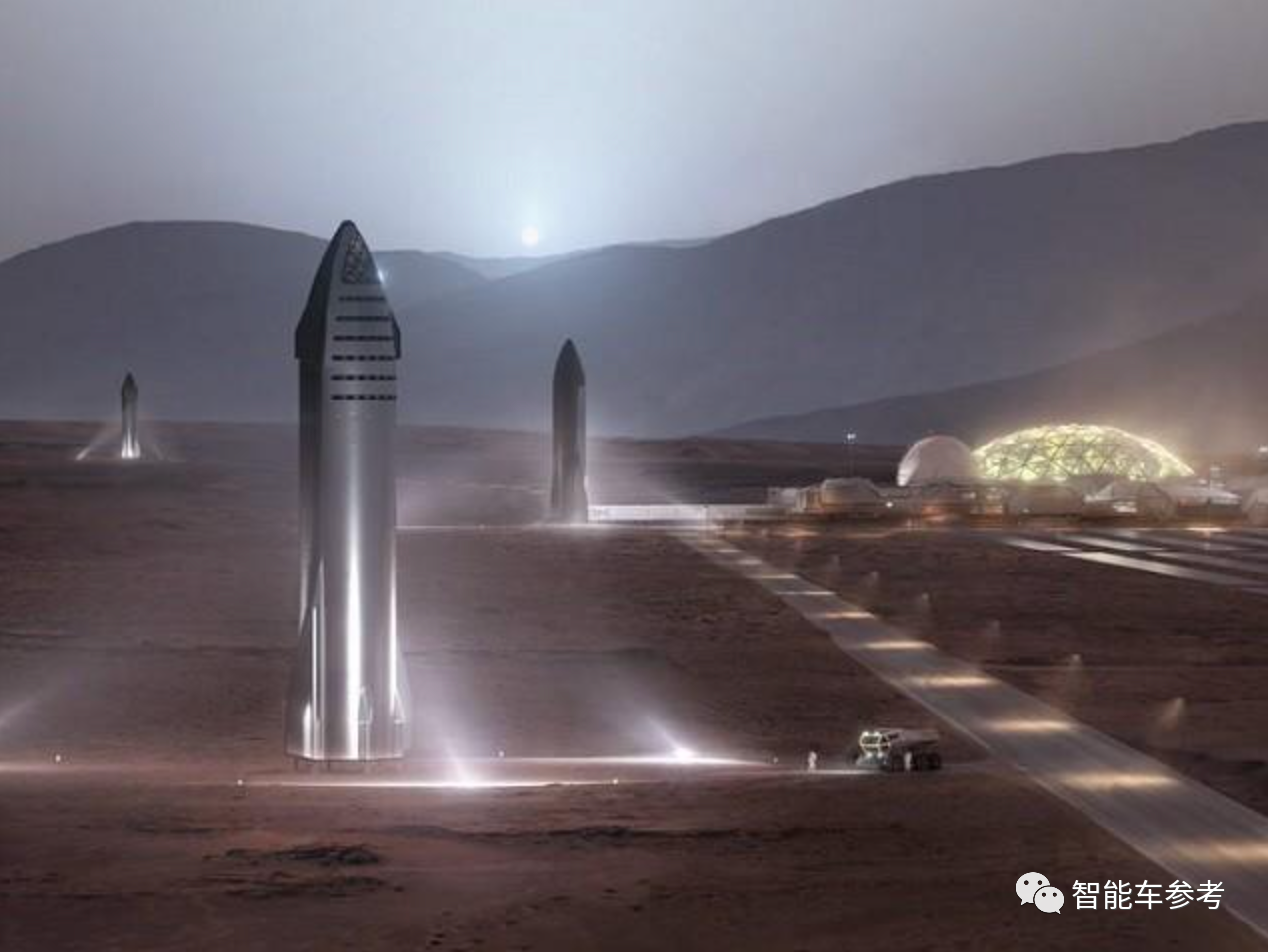
For example, political systems and economic operation methods.
The most interesting thing is that “Martians are better off using cryptocurrencies“.
As for the reasons, Musk believes that Mars itself needs to have a different currency from Earth.
Because the two planets are too far away to achieve synchronous circulation of currencies.
And cryptocurrencies, as an attempt, can reduce the tax impact caused by government dilution of currency supply.
“`
If we consider currency from the perspective of resource allocation, Bitcoin is not an ideal cryptocurrency due to its limited transaction volume and prolonged transaction confirmation delays. In contrast, Dogecoin, born out of a joke, is more suitable.
Is this the reason why Musk accepts Dogecoin as a payment method for Tesla merchandise?
“To accumulate wealth for Mars in advance.”
However, all of these imagined scenarios have a prerequisite: sending people to Mars. In this regard, Musk is optimistic but admits that there are difficulties.
Musk stated that humans can land on Mars in at most 10 years and at least 5 years.
But the unexpected difficulty lies in manufacturing an ideal rocket engine.
Musk mentioned that designing a rocket engine is not difficult, but the challenging aspect is producing it.
The construction of a rocket engine is incredibly complex, requiring many unique materials and components.
For this reason, SpaceX had to invent alloys that do not exist to make the engines work.
Moreover, in a full-flow staged combustion system, there are many feedback loops.
Propellant and hot gases flow to different parts of the engine simultaneously, and they have a recursive effect on each other.
Any slight modification to a part of the engine’s structure would have an unexpected impact on the entire system.
The launch efficiency and cost are, to a large extent, dependent on the rocket engine.
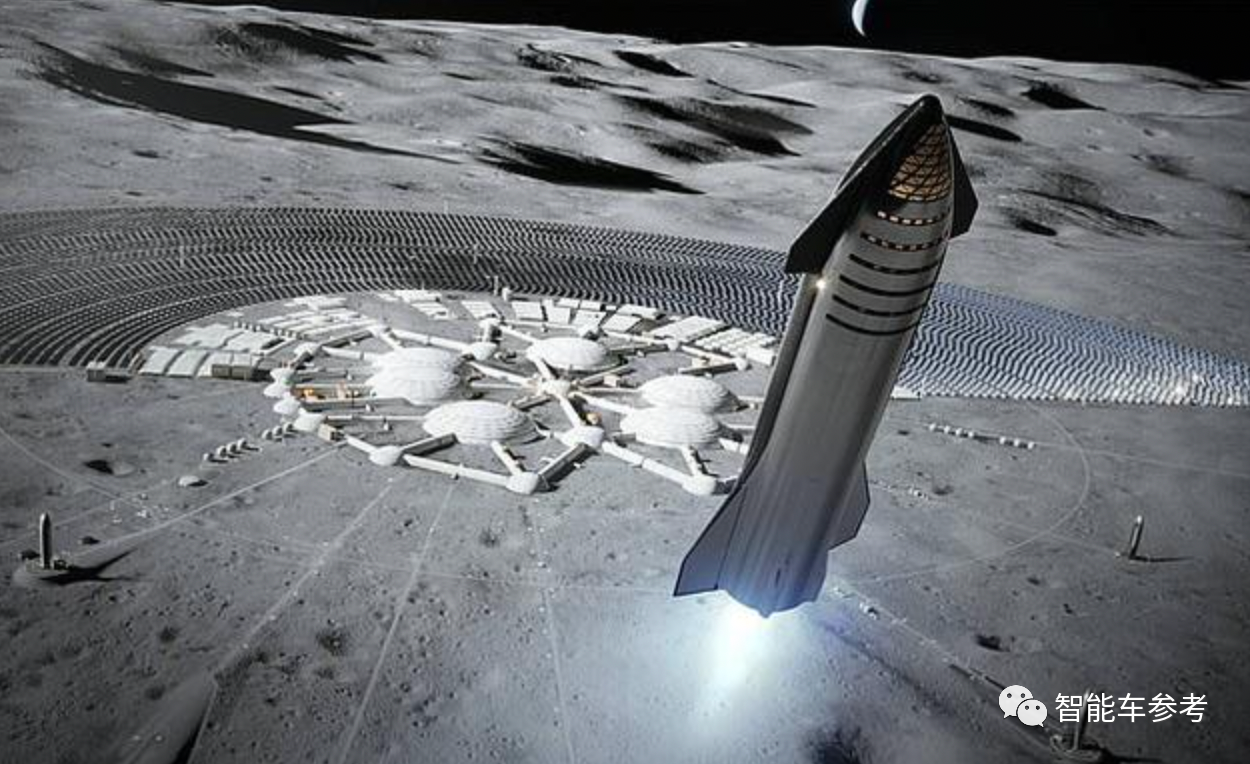
The prerequisite for immigrating to Mars is also the launch efficiency and cost.
These issues are the engineering problems that Musk thinks about every day.
In Musk’s eyes, he is essentially the chief engineer of SpaceX.
On every technical document, he needs to sign his name and bear the ultimate responsibility himself.
This is why Musk rarely reveals his vulnerability in interviews:
As an atheist, I knelt and prayed before the SpaceX manned spacecraft took off.
However, after his vulnerability, Musk remained as stubborn as ever:
Just do it!
This is his final attitude.
Netizen comments
As a lifelong dreamer, Musk also gave advice to young people at the end:>Try to do something useful, something that is useful to your fellow citizens and to the world. Always consider whether you contribute more than you consume. Strive to make a positive contribution to society, which I believe is the goal. Don’t try to become a leader just to be a leader or something else. In many cases, people who become leaders are people who don’t want to become leaders. If you live a useful life, that is a beautiful life, a life worth living.
To be honest, although Comrade Ma Yilong is often out of tune and has a serious procrastination problem, his values are still very positive.
His interviews also drew cheers from fans, who expressed that he is truly their idol.
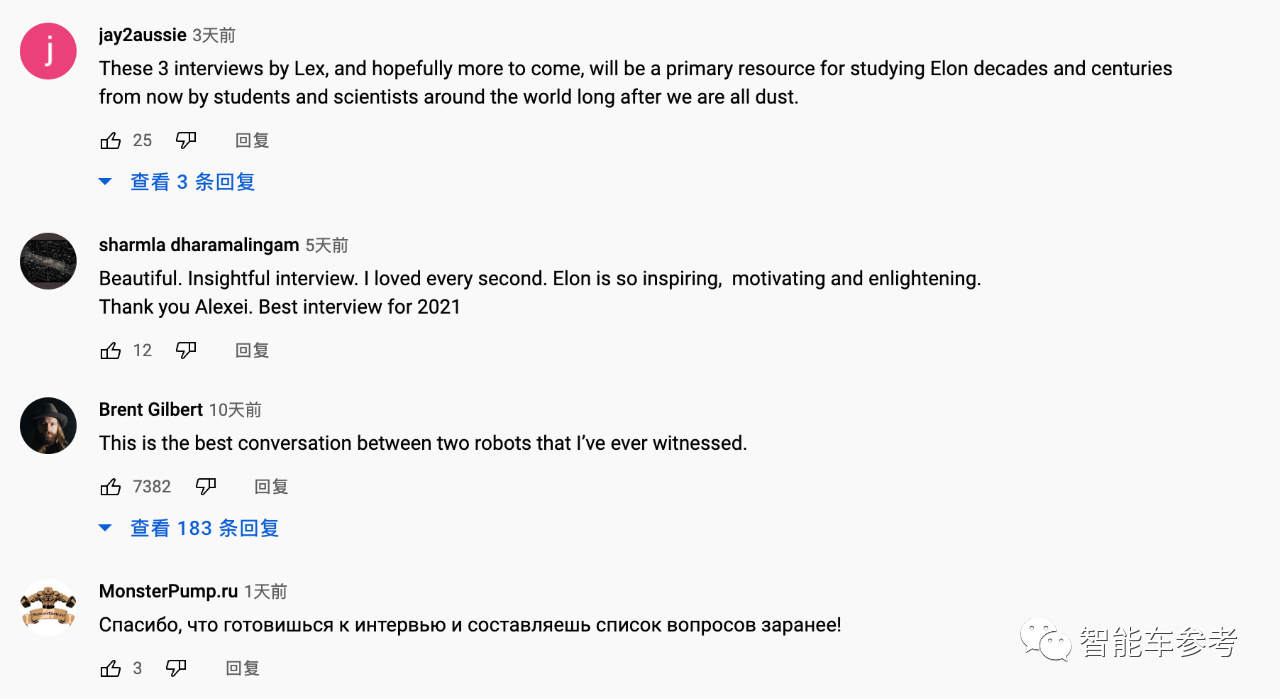
However, some netizens made fun of Musk for kneeling and praying, saying that science eventually leads to theology.
Even superstars like Musk, who may not believe in God, still rely on “mysterious power” in the end.
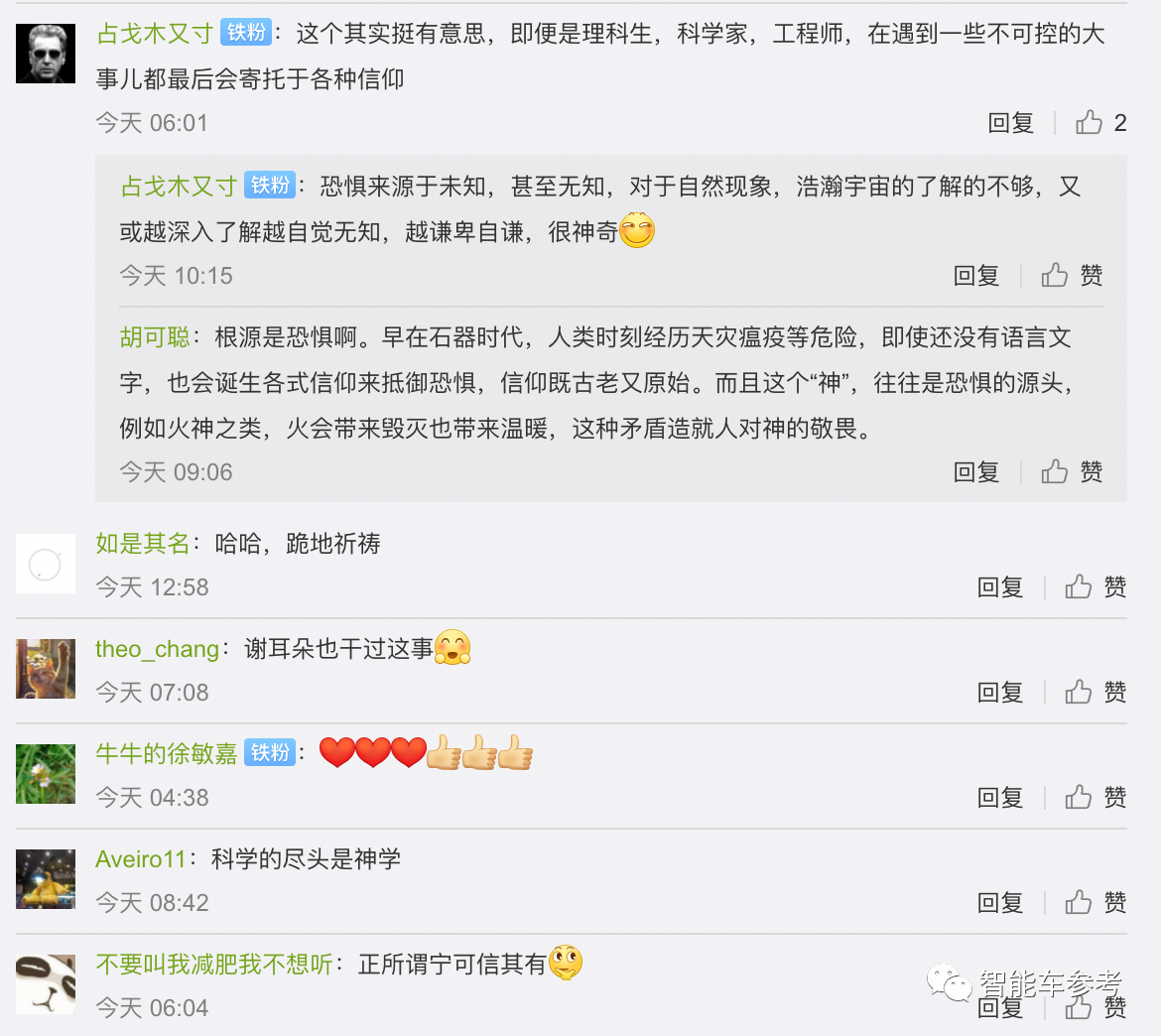
This article is a translation by ChatGPT of a Chinese report from 42HOW. If you have any questions about it, please email bd@42how.com.
